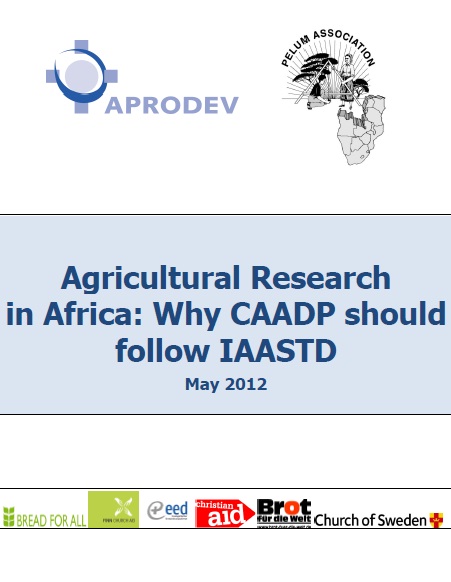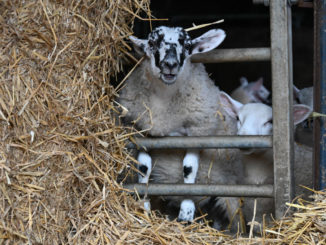A new briefing paper from APRODEV and PELUM Association analyses the agricultural research policies of the Comprehensive African Agriculture Development Programme (CAADP) and the extent to which they address the needs of marginalised smallholder farmers. CAADP has a huge opportunity to promote good agricultural research by following the findings of the International Assessment of Agricultural Knowledge, Science and Technology for Development (IAASTD). However, CAADP is largely not following the IAASTD roadmap.
The paper highlights five key problems with CAADP’s policies and practices:
1. African governments are ignoring their CAADP commitment, set in 2003, to double their annual spending on agricultural research within 10 years; rather, many have been reducing their spending. CAADP has not invested enough in examining why CAADP commitments are not met at member state level and therefore falls short of appropriate measures to meet the set targets of 6% agriculture growth.
2. Despite the fact that women constitute most farmers in Africa, they are paid lip service in CAADP programmes. Women are largely ignored in countries’ CAADP and other agriculture strategies.
3. CAADP is promoting a farming model, associated with the Green Revolution, that encourages heavy reliance on expensive external inputs, such as chemical fertilizers and pesticides, and improved and/or hybrid seeds bought from agribusiness companies; this comes at the expense of promoting sustainable agriculture approaches which are likely to benefit poor farmers much more.
4. CAADP’s lead partner in agricultural research, the Forum for Agricultural Research in Africa, has taken a lopsided stance on GMOs and advocates strong IPR regimes that threaten farmers’ rights to retain and exchange their traditional seeds; ignoring the consensus on sustainable, agro-ecological farming models as a viable solution for African agriculture.
5. Smallholder farmers, especially women, are being insufficiently consulted in the design of agricultural research policies.
You can find the paper here





